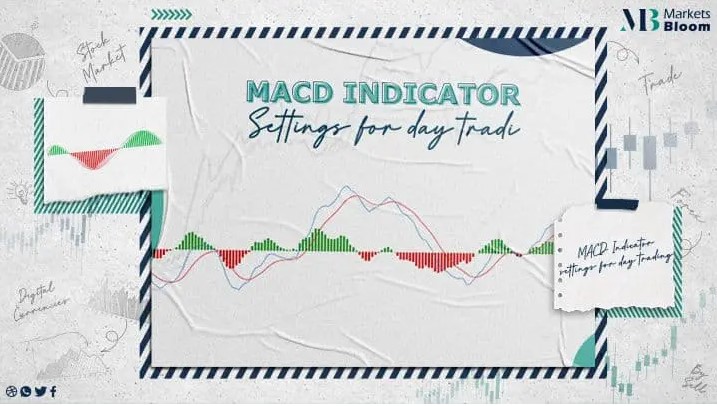RSI Indicator in forex trading

How to trade with the Relative Strength Indicator (RSI), showing up why traders apply this indicator, what the indicator is and what it is for.
What is the RSI indicator?
The relative strength indicator evaluates the ratio of up-moves to down-moves and normalizes the calculation so that the indicator is shown in a range of 0-100. It was developed by J.Welles Wilder. If the RSI is 70 or greater, the tool is assumed to be overbought. An RSI of 30 or less is taken as a signal that the tool may be oversold. We can apply the RSI indicator for day trading.
The formula for the RSI indicator has two equations that are involved in solving the formula. The 1st component equation acquires the initial Relative Strength (RS) value, which is the ratio of the average ‘Up” closes to the average of ‘Down’ closes over ‘N’ periods represented in the following formula:
RS = Average of ‘N’ days closes up.
The average of ‘N’ day’s closes down.
The RSI value is calculated by indexing the indicator to 100, by using the following formula:
RSI = 100 – (100 /1 + RS)
If you are using MetaTrader (MT4), you can link the indicator on your MT4 chart, and drag & drop it to the major chart window.
Best RSI Indicator Setting for Day Trading
Using the RSI indicator for day trading is beneficial. The default RSI setting of 14 periods is suitable for traders, mainly for swing traders.
Some intraday traders apply different settings when using the RSI index for day trading. Many traders prefer to lower their time, while others opt for setting the Relative Strength Indicator period a bit lower to increase the sensitivity of the oscillator. Some traders manage this problem by lowering their time. While others lower the Relative Strength Indicator time setting to get a more sensitive oscillator.
In general:
Short-term day trading traders apply lower settings with periods in the range of 9-11.
Medium-term swing traders apply the default period setting of 14.
Longer-term position traders set it at a higher period, in the range of 20-30.
RSI Trendlines
To draw an RSI uptrend line, connect 3 or more points on the Relative Strength Indicator line as it rises. A down trendline is drawn by connecting 3 or more points on the RSI line as it falls. The break of an RSI trendline indicates a potential price continuation or a reversal. The break of an RSI trendline precedes the break of a trendline on the price chart.
RSI Classic Divergence
RSI bearish divergence forms when the price forms a higher top, and at the same time the RSI decreases and forms a lower high. And RSI divergence forms at the top of the bullish market. Traders expect the reversal when the RSI Divergence forms. It is a warning, as it appears in many candlesticks before the uptrend changes its direction, and breaks below its support line.
The RSI bullish divergence will begin when the price forms a lower low, and the RSI forms a higher low. This is a warning sign that the trend direction may change from a downtrend to an uptrend. RSI divergence is in Forex technical analysis.
Conclusion: RSI Forex Trading
The RSI became one of the most misused MT4 indicators.
Using the RSI indicator for day trading will help to develop the ability to indicate whether prices are trending when a market is overbought or oversold, and the best price to enter or exit a trade.
The RSI provides you with technical trend information, RSI can buy and sell signals.
About Marketsbloom:
Markets Bloom is a trading academy consisting of former trading industry professionals. Our aim is to help all types of traders looking to trade in the financial markets.
By registering with us, you will gain amazing insights into common issues traders face as well as how to instantly improve your trading approach. Our team of experts will be with you every step of the way on your journey to becoming a better trader.
For more information on our services contact us and follow our facebook page for the latest news.


